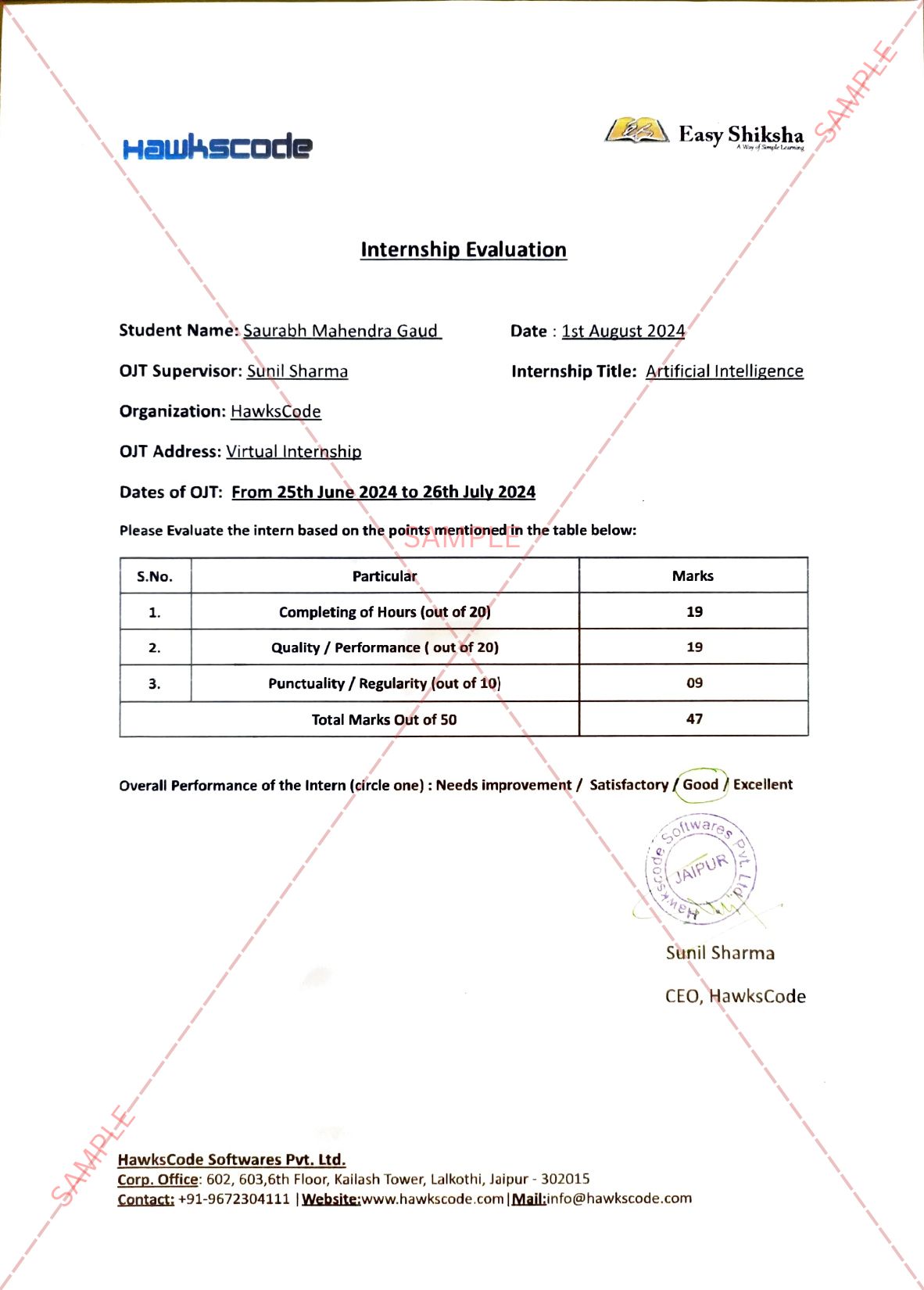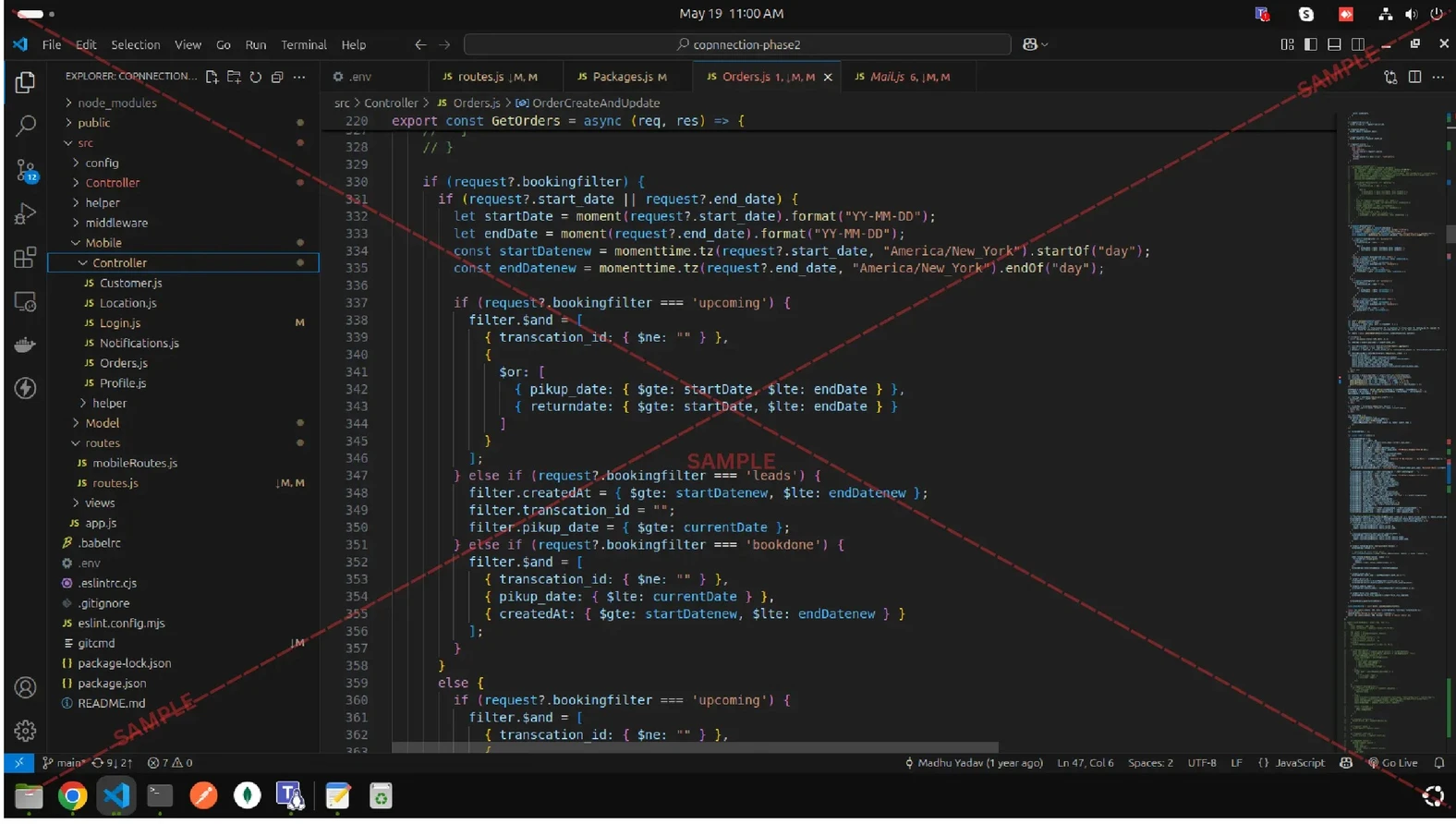Description
Ways to prevent or reduce the risk of premature birth of a baby
Can Preterm Labor Be Prevented?
Some women are more likely to have early labor. Those with a short or weak cervix (the lower part of the uterus that connects to the vagina) or who have had a preemie before are more likely to go into labor earlier. In these cases, the doctor may recommend treatments such as:
Progesterone: This hormone can be given by injection or inserted into the vagina. It may help reduce the chance of preterm labor for women who have previously had a premature birth or who have a short cervix.
Cerclage: In this procedure, stitches close a woman’s cervix to prevent premature birth. Doctors may recommend cerclage for women who have had premature babies or miscarriages, who have a short cervix, or whose cervix opens (dilated) too early.
Women who have twins are also more likely to have labor earlier. These treatments cannot prevent early labor if you are carrying more than one baby.
Live a healthy lifestyle
- Avoid tobacco, smoking, e-cigarettes and passive smoking
- Don’t drink alcohol while trying to conceive and during pregnancy
- Do not use street drugs and avoid prescription drug abuse
- Eat a balanced diet with foods rich in iron and folic acid
- Be active every day: Try to get 30 minutes of exercise every day
- Get conditions like diabetes and high blood pressure under control
- Lose weight to avoid obesity; If you’re underweight, gain weight
- Lower your stress levels: Try yoga, meditation, being active, trying support groups, balancing work and life
- Work on having a healthy, non-violent relationship with your partner.
Take good care of yourself and your baby during pregnancy
Seek prenatal care early in your pregnancy, especially if you have risk factors for preterm birth, such as: B. a history of premature birth or a problem with your uterus or cervix
- Participate in prenatal visits with your partner
- Tell your doctor or midwife if you think you have signs of preterm labor (below)
- Live a healthy lifestyle
- If you and your baby are healthy, it’s best to wait until at least 39 weeks and let labor begin on its own
Know the signs of preterm labor
Tell your pregnancy doctor or midwife if you:
- Contractions, spasms, or tightening of your uterus occur more than 4-5 times in an hour
- Abdominal cramps with or without diarrhoea
- Lower back pain that can be constant or come and go
- Pressure in your vagina or pelvic area
- Pain in your inner thighs
- Increased vaginal discharge
- Fluid leaks from your vagina – your water breaks out in a gush or trickle
- Bleeding of any amount from your vagina
You might also like
Parenting Updates: Subscribe Now!

ALL UPDATES
Go from pregnancy to adolescents with our email bulletins, loaded with reasonable, modern data about bringing up youngsters and taking care of yourself as a parent.
SUBSCRIBE NOW
MOVIE REVIEWS
Find the best motion pictures for your family with our youngster amicable surveys. Search new deliveries and more seasoned motion pictures by age, rating and type.
SUBSCRIBE NOW
MENTAL HEALTH RESOURCES
Is it safe to say that you are an expert working with families? Get data about kid, adolescent and parent psychological well-being and prosperity.
SUBSCRIBE NOW











































